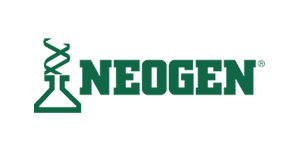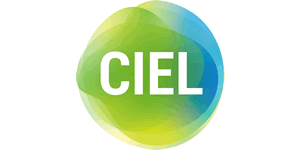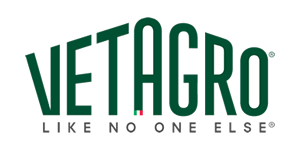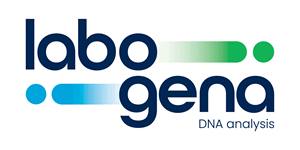01 – Hector Rosche-Flores – A preliminary draft pangenome of black soldier fly (Hermetia illucens): structural and genetic insights from diverse populations
02- Ben Gradus – Diverse genomic signatures of Hermetia illucens: tools for comprehensive analysis of diversity
03 – Peter Kimani Muchina – Building a reference imputation panel and optimizing imputation strategies for low-pass sequencing
04 – Markus Neuditschko – If one is not enough – Using whole-genome sequencing data from pooled workers to explore the admixture pattern of honey bee populations
05 – Christoph Sandrock – The bug and the bridgehead: global colonisation patterns of the black soldier fly inferred from metapopulation genetic structure
06 – Mert Kükrer – Geography and climate shape genetic diversity in black soldier fly populations across native and introduced ranges
07 – Ana Samardžić – AI and molecular taxonomy: a comprehensive approach to aquatic macroinvertebrate identification and genetic diversity in the Balkans
08 – Luca Fontanesi – Population genomics from a food matrix: estimating csd variability using next generation sequencing on Apis mellifera DNA present in honey
09 – Lucas Rocha Ferreira – Evidences of recent genome domestication in Tenebrio molitor using population and quantitative genomics
10 – Christos Athanassiou – Exploring the fitness traits of cross-breeding in Tenebrio molitor: Insights from laboratory and largescale trials
11 – Roel Meyermans – Can we use crossbreeding in black soldier fly to improve production?
12 – Momir Futo – Genomic phylostratigraphy reveals a wealth of Hermetia illucens species-specific genes of unknown function







